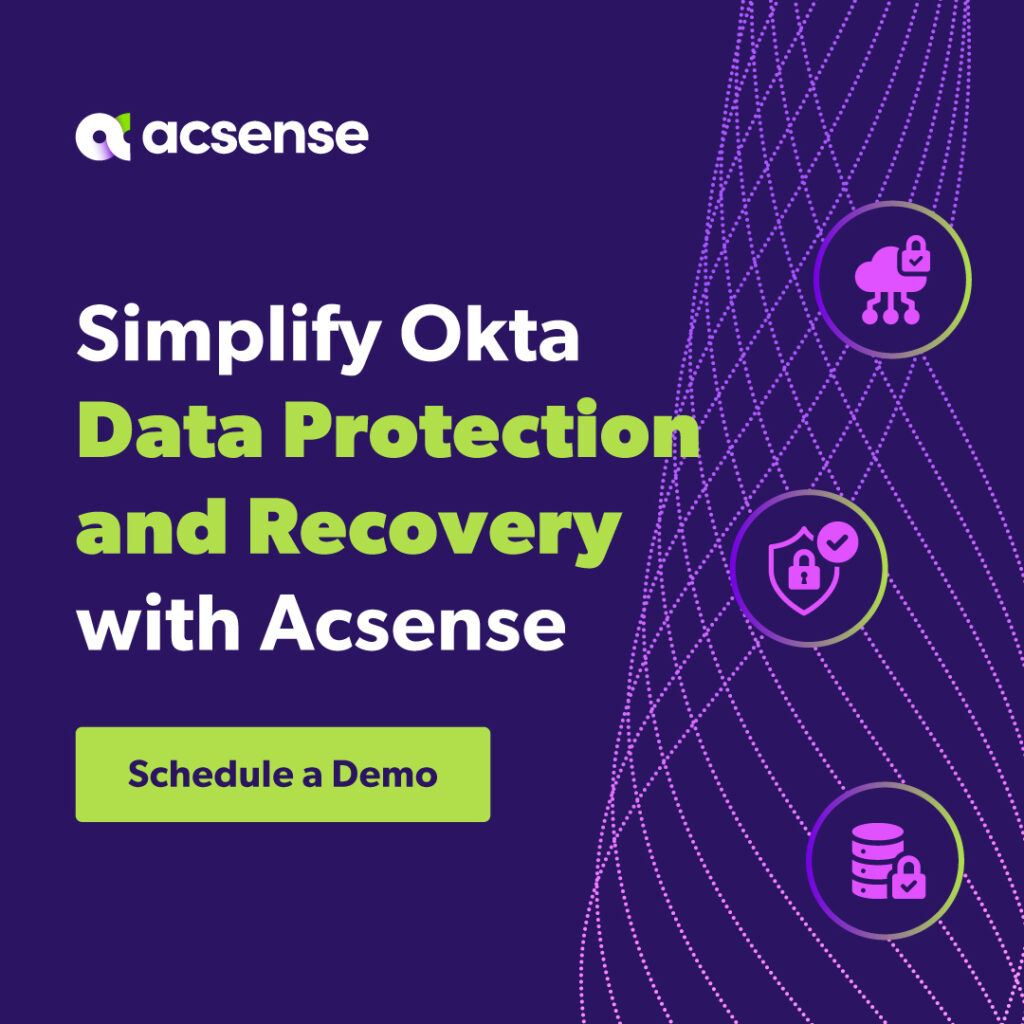How to Test Your Disaster Recovery Plan to Ensure Business Continuity
Most companies have a disaster recovery plan (DRP) to consult when disaster strikes.
But, not every business tests their DRP.
For businesses that do test their DRP, 50% only test once a year, at most. Moreover, in today’s digital age where Identity and Access Management (IAM) is crucial, ensuring your IAM systems are recoverable is paramount. The worst time to discover your DRP needs improvements is in the middle of a disaster event.
Routinely testing your DRP ensures your business is prepared when disaster strikes.
Disaster Recovery Testing Techniques
When it comes to DRP testing, there are many different methods available.
The specific test(s) used to evaluate a disaster recovery plan should vary based on business needs, risk tolerance, and the specifics of the DRP. Some of the most popular testing techniques include checklist, tabletop, walk-through, simulation, parallel, and full-interruption testing.
Checklist testing is, as its name suggests, based on checklists.
During this type of testing, the DRP is compared to a series of comprehensive checklists to ensure the plan is efficient and ready for any disaster event. This testing method is very straightforward and easy to institute, but it is limited in scope and may not uncover complex issues.
Tabletop testing utilizes the knowledge and skill set of stakeholders.
In this testing method, stakeholders throughout the business talk through the disaster recovery plan. As stakeholders discuss the plan, any potential issues can be clarified, allowing improvements and clarifications to be made. When used effectively, tabletop testing can identify gaps in the disaster recovery plan. However, since this plan lacks technical testing, it may not identify all omissions.
Walk-through testing is similar to tabletop testing.
However, while tabletop testing is a stationary activity, walk-through testing involves physically following the protocols in the DRP. This testing method allows stakeholders to see and interact with the equipment in the disaster recovery plan, so it provides a step-by-step understanding of the recovery process. But, it may not identify all technical issues that could arise during a disaster.
Simulation testing is a method of role-playing for a specific disaster scenario.
The more realistic the simulation, the more effective the test will be. When running a simulation test, monitoring team members’ interactions is important, as this can illuminate any discrepancies or confusion in the DRP. However, it is crucial to remember that simulation testing will not account for the stress of an actual disaster event.
Parallel testing is a comprehensive testing approach.
It involves creating a duplicate recovery system to use when running DRP tests. While this approach can be time-intensive and costly due to the resources required, it provides detailed information on the DRP’s effectiveness.
Full-interruption testing is similar to parallel testing.
However, in this scenario, the tests are conducted on the live production system rather than a duplicate recovery system. This testing method is by far the most realistic, so it can provide excellent insight into the DRP’s effectiveness. Nevertheless, it can significantly impact business operations, so it is not always feasible.
Best Practices
Regardless of the testing techniques used, there are several best practices to keep in mind when conducting a disaster recovery test.
- Test several different scenarios.
Cyber attacks can take many different forms, so testing should too.
When choosing test scenarios, consider the disasters your system is most likely to encounter. For example, you may want to test situations such as natural disasters, power outages, or data corruptions. But do not limit your testing scenarios to just the most probable disasters. It’s also important to test the most impactful disasters to ensure your DRP is comprehensive. - Schedule routine tests.
Testing is not a one-and-done activity.
System environments change, employees come and go, new business needs emerge, and cyber threats change constantly. To ensure your DRP is prepared for these changes, it is crucial to conduct testing on a routine schedule. For many businesses, yearly testing is adequate. However, it is recommended to schedule testing whenever major changes occur. - Document the test.
Disaster recovery testing can reveal helpful information to improve your DRP.
Don’t let this important information go to waste. A disaster recovery test report can be used to document a test and its results. Test documentation should include lessons learned, challenges faced, skipped steps, and recovery time. This ensures critical information is stored and can be used to improve the DRP. - Evaluate the test.
Without evaluation, testing is pointless.
Identifying key metrics (such as a recovery time objective, maximum tolerable downtime, and recovery point objective) provides an easy way to measure the effectiveness of a DRP. Additionally, by including the evaluation in the testing documentation, it can be used as a benchmark for later tests. - Incorporate IAM Scenarios.
Given the rise of cyber threats targeting user credentials and identities, testing IAM recovery is a must.
With acsense’s SaaS solution, you can ensure that your IAM systems can withstand and recover from potential breaches or failures.
You can also download our FREE Disaster Recovery Guide specifically for Okta.
Putting Disaster Recovery Tests into Practice
When was the last time your organization tested their disaster recovery plan?
For too many businesses, this was too long ago. A disaster recovery plan is only as effective as its execution. You do not want to discover that your DRP needs an update during a disaster event. Conducting regular disaster recovery testing ensures your DRP is ready and prepared whenever disaster strikes.
A disaster recovery plan isn’t just about infrastructure and data though.
It’s also about ensuring secure access for your users.
The cornerstone of any modern disaster recovery plan must consider IAM. After all, safeguarding user access and identity in times of crises ensures business continuity. If your DRP doesn’t account for IAM recovery, it’s time to reconsider. At acsense, we specialize in providing a SaaS solution for IAM disaster recovery testing.
Dive deeper into IAM disaster recovery with acsense and redefine your DRP for the modern digital era.

